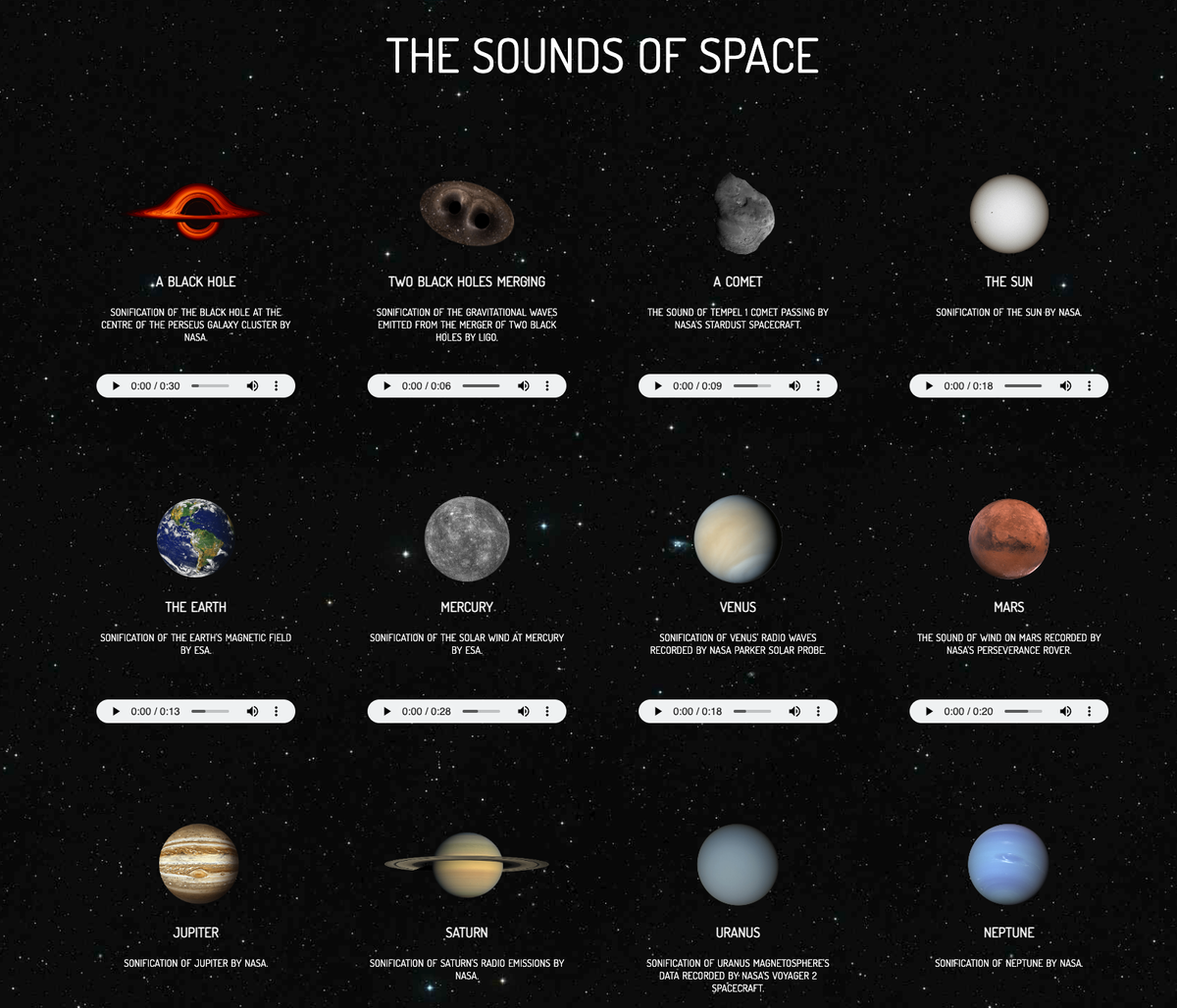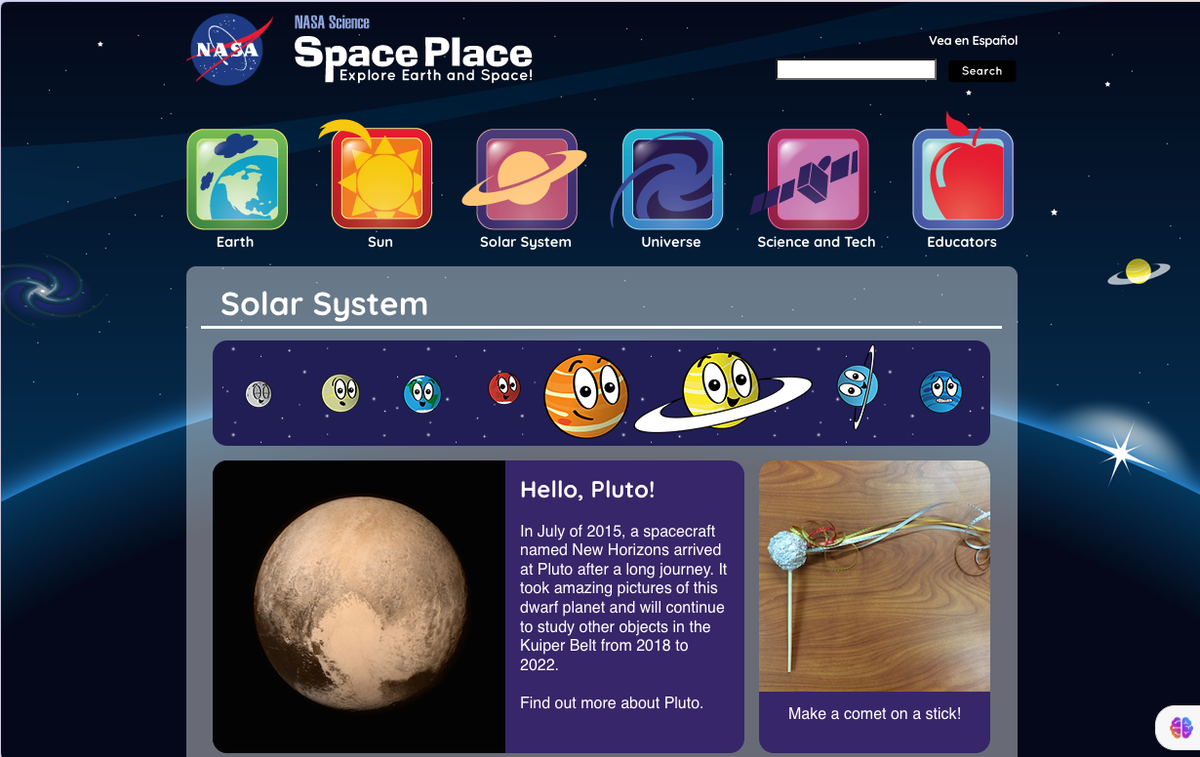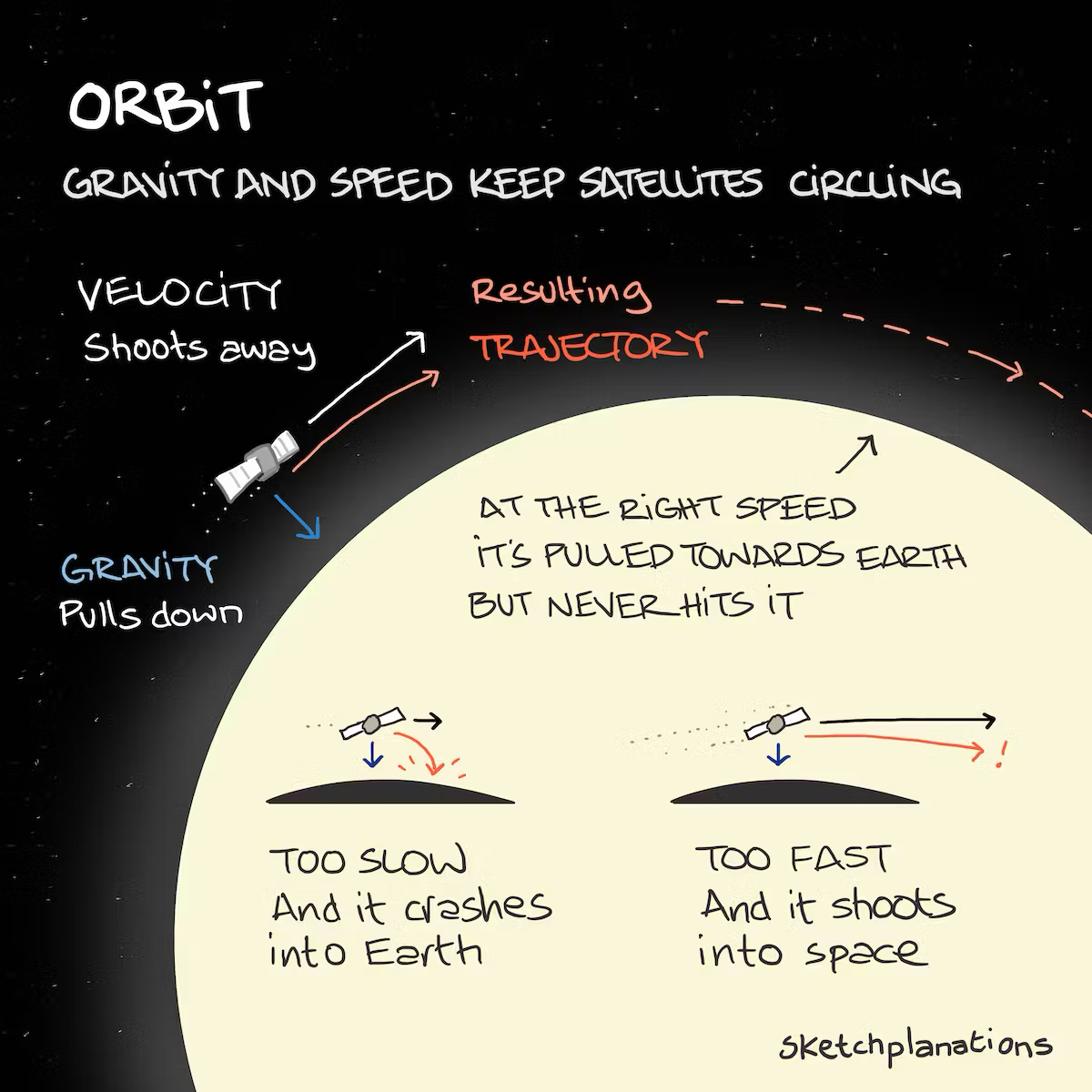Teachers' Page:

We start each week with a Monday Morning Meeting for staff. It's a time for information sharing, celebrating staff and children's achievements, laughter, building and strengthening the kaupapa foundations for our school, and a few tips on teaching, techie skills and even life. This page will be the place teachers can come back to if they want to revisit anything we covered in our Monday Morning Meetings.
It's really a page for teachers, but if you find anything worthwhile here for yourself, great.
Web Sites:
https://students.tools/sounds-of-space/
https://spaceplace.nasa.gov/menu/solar-system/
Techie Tips:
Change Mouse Pointer Color
Apple has made it possible to change the colour of the mouse pointer from the standard white outline and black fill, to pretty much any color combination you want.
To do so, go to System Preferences -> Accessibility, then click Display (under "Vision") in the left column. Click the Pointer tab in the options window to find the Pointer outline colour and Pointer fill colour settings. Click the colour swatch to choose a custom colour from the palette that appears. You can always click Reset to revert to the default colours.
Show Layers in Keynote:
Teaching Tips:
What if all teachers had high expectations for every student?
https://www.youtube.com/watch?v=Ib9DUTL34Pc
Life Tips
10 Best Pieces Of Classical Music For Kids
1. Saint-Saëns – Carnival of the Animals
Saint-Saëns’ ‘grand zoological fantasy’ is beautiful, funny, and clever. ‘The Swan’, one of the most iconic movements, is scored for two pianos and a cello solo, with the calming cello tune representing the bird’s effortless gliding, while the rolling piano chords paint a musical picture of the swan’s hidden feet, paddling furiously under the water.
Each of the piece’s 14 movements represents a different animal, including a lion, donkey, elephant, fossils, an aquarium, an aviary and – Saint-Saëns’ little joke – pianists, possibly the most dangerous animal of them all...
2. Tchaikovsky – Swan Lake
From the graceful Waltz in Act I to the playful ‘Dance of the Cygnets’, this music is just magical. Tchaikovsky’s ballet tells the story of the doomed love of Prince Siegfried and Princess Odette, who was turned into a swan by the evil Baron Von Rothbart.
The spell can only be broken if someone who has never loved before swears an oath of undying love and promises to marry her. The Prince declares his love to Odette and promises to be loyal forever... but their ending isn’t so sweet.
3. Prokofiev – Peter and the Wolf
If it’s famous names you’re after, Prokofiev’s symphonic fairy tale for children has been narrated by some of the best in the business. David Bowie, Patrick Stewart and Alexander Armstrong have all lent their voices to the Russian composer’s children’s stories.
Each character in the tale is represented by an instrument in the orchestra: the duck by an oboe, the grandfather by a bassoon, the bird by a flute and the wolf by three horns. Before a performance, the instruments are usually shown to the children, which helps them understand each orchestral instrument's unique sound.
4. Beethoven – Für Elise
Beethoven’s Bagatelle No.25 in A minor is rarely referred to in grandiose terms; all who know and love it refer to it simply by its nickname, ‘Für Elise’.
The catchy piano tune is short, sweet and beautifully simple – and if ever there was a piece that might inspire musically inclined kids to do their piano practice, this is it.
5. Strauss – The Beautiful Blue Danube
From this, his most famous piece of music, Johann Strauss the Younger, earns his nickname, ‘King of the Waltz’. Strauss takes us on a gloriously descriptive musical journey from the shimmering strings at the start to its fantastic waltz tune and meaty music played by the cellos.
6. Mozart – Eine Kleine Nachtmusik
The real title for this perennial Mozart favourite is Serenade No. 13 in G, although the piece’s informal title, ‘Eine Kleine Nachtmusik’, has stuck.
Written when Mozart was just 31, it’s an uplifting piece of music perfect for young listeners and defined by its gloriously melodic strings.
7. Tchaikovsky – The Nutcracker
From the elegant ‘Waltz of the Flowers’ to the thrilling ‘Russian Dance’, the score of Tchaikovsky’s enchanting ballet is a feast of wonderful melodies. Other favourites include the ‘Dance of the Sugar Plum Fairies’ and the ‘Dance of the Reed Flutes’.
Despite its enduring capacity to charm Christmas audiences, the music of The Nutcracker is adored by families and young children all year round.
8. Handel – Water Music
Handel’s Water Music comprises three wonderfully jolly orchestral suites, which are easy on the ear and jauntily life-affirming.
Packed with catchy and famous tunes, each movement is based on a dance style – but it’s Suite No. 1 that is the most popular. In eleven sections, it begins with a beautiful French-style Ouverture, continues through a jaunty ‘Bourée’, a stately ‘Minuet’, and ends with the grand ‘Alla Hornpipe’.
9. Elmer Bernstein – The Great Escape
Elmer Bernstein’s jaunty, triumphant, catchy and extremely hummable theme is the perfect accompaniment to this Second World War film, in which Steve McQueen, James Garner and Richard Attenborough mastermind a mass escape from a German prisoner of war camp.
Its jolly rhythm and ear-wormy theme make this soundtrack a perennial favourite with young listeners.
10. Bizet – Overture to Carmen
Bizet’s second opera is so packed with memorable melodies that it’s guaranteed an almost permanent position as the world’s most popular and frequently performed opera.
The show’s opening number is feverish and exciting, with an exhilarating melody in the strings and a persistently rhythmic accompaniment in the brass and timpani sections. If this barnstorming Prélude isn’t stuck in your and your child’s head yet, it will be soon...
Sketchplanations
Orbit
It's mindblowing to me to think at any moment, over 6,000 satellites are whipping around the Earth at terrific speeds and somehow not drifting off into space or crashing into Earth.
How does this work?
An orbit around Earth is a delicate balance between the momentum of a satellite travelling at speed parallel to the Earth's surface and the constant tug of gravity towards the Earth.
If the satellite travels too slowly, gravity wins, eventually pulling the satellite back to Earth.
Gravity isn't strong enough to hold it if it travels too fast, and the satellite will shoot off into space. But at just the right speed—which depends on its distance from Earth—gravity will pull the satellite towards Earth, but the satellite's speed ensures it will keep missing and instead continue its journey orbiting around Earth.
In this case, gravity acts as a centripetal force, a force acting towards the centre, enabling satellites to stay in orbit.
Newton had a thought experiment known as Newton's Cannon where he imagined firing a cannonball off a high mountain at different velocities and what the resultant trajectories would be.
Most orbits are slightly elliptical or oval-shaped. For example, the elliptical nature of the Moon's orbit gives us the joys of things like supermoons.






